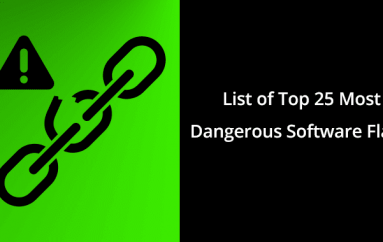
Schneider Electric: TRITON/TRISIS Attack Used 0-Day Flaw in its Safety Controller System, and a RAT
S4x18 CONFERENCE – Miami – Industrial control systems giant Schneider Electric discovered a zero-day privilege-escalation vulnerability in its Triconex Tricon safety-controller firmware which helped allow sophisticated hackers to wrest control of the emergency shutdown system in a targeted attack on one of its customers.
Researchers at Schneider also found a remote access Trojan (RAT) in the so-called TRITON/TRISIS malware that they say represents the first-ever RAT to infect safety-instrumented systems (SIS) equipment. Industrial sites such as oil and gas and water utilities typically run multiple SISes to independently monitor critical systems to ensure they are operating within acceptable safety thresholds, and when they are not, the SIS automatically shuts them down.
Schneider here today provided the first details of its investigation of the recently revealed TRITON/TRISIS attack that targeted a specific SIS used by one of its industrial customers. Two of the customer’s SIS controllers entered a failed safe mode that shut down the industrial process and ultimately led to the discovery of the malware.
“Once the malware was inside the controller, it injected the RAT into memory by exploiting a zero-day vulnerability in the firmware, and escalating its privileges” to do so, says Paul Forney, global cybersecurity architect for Schneider Electric’s product security office in North America, in an interview.
Source | darkreading





